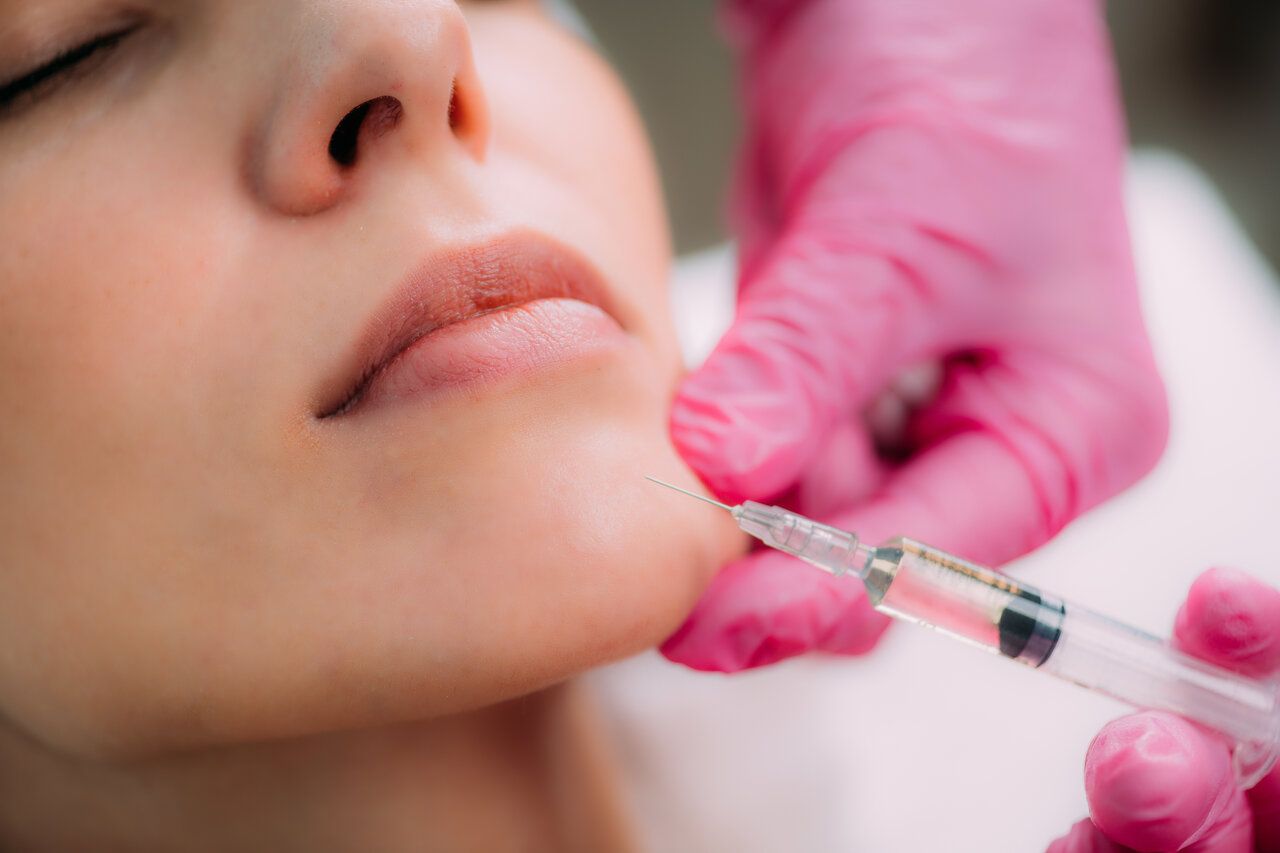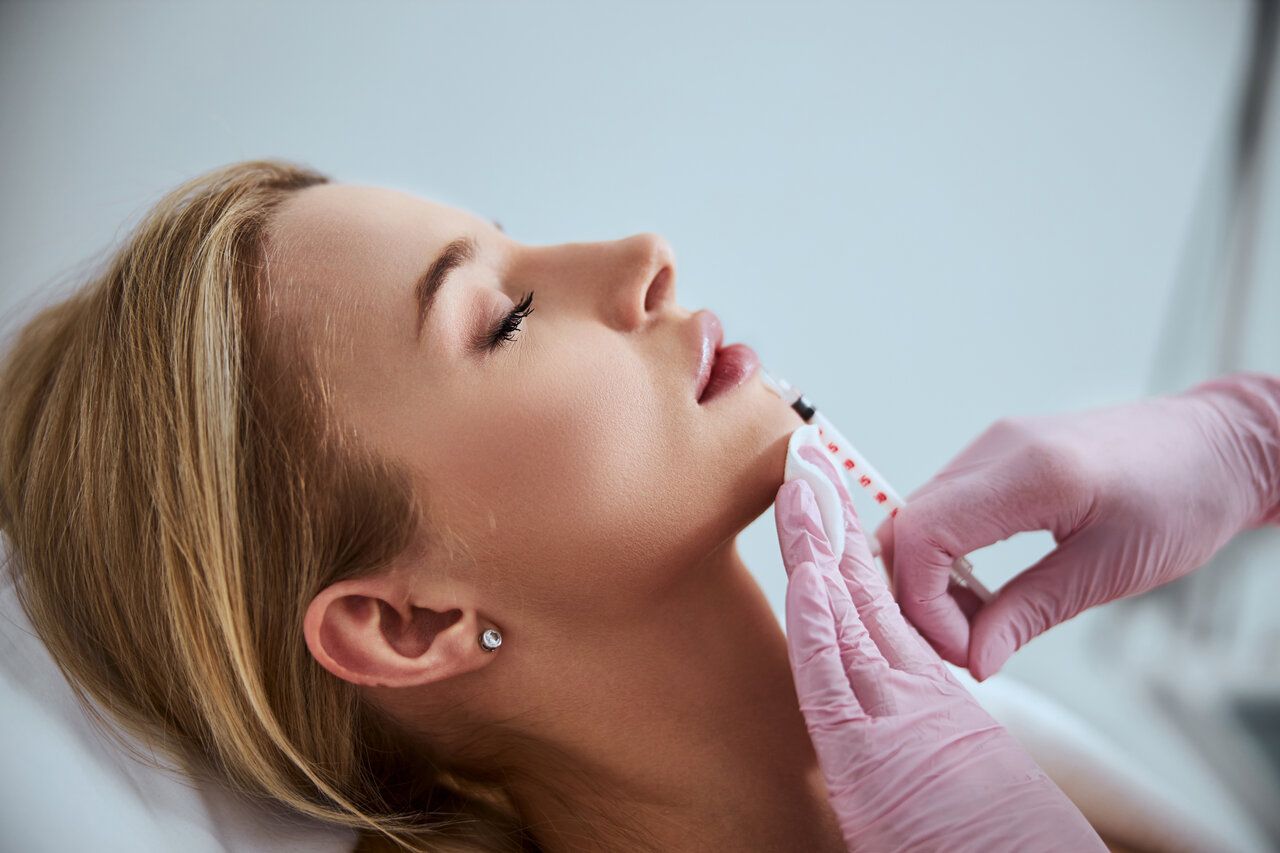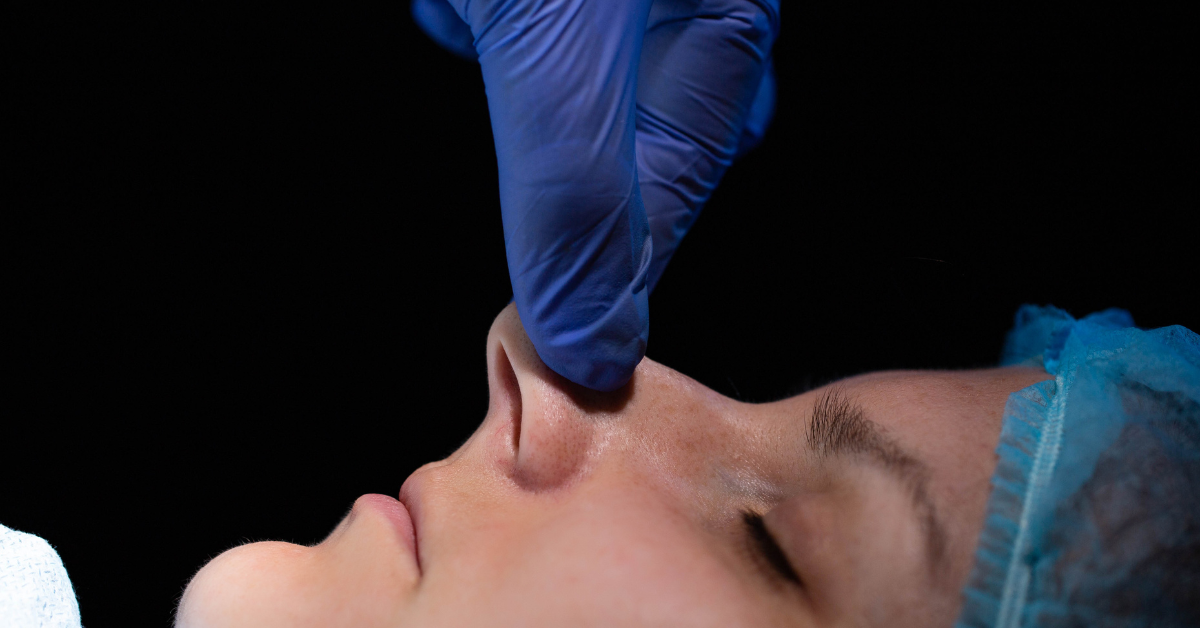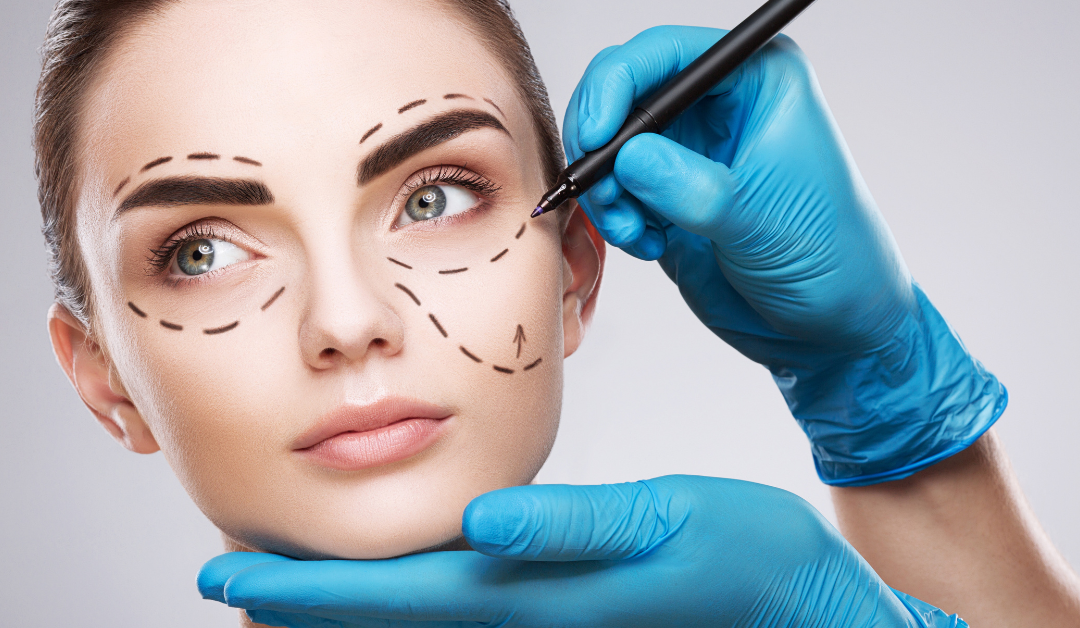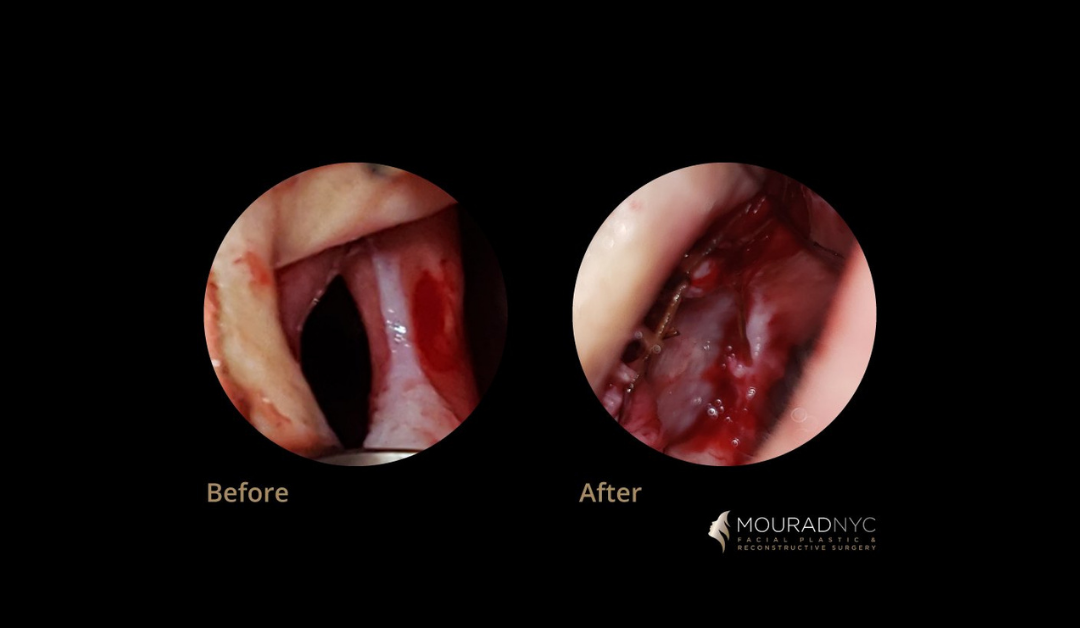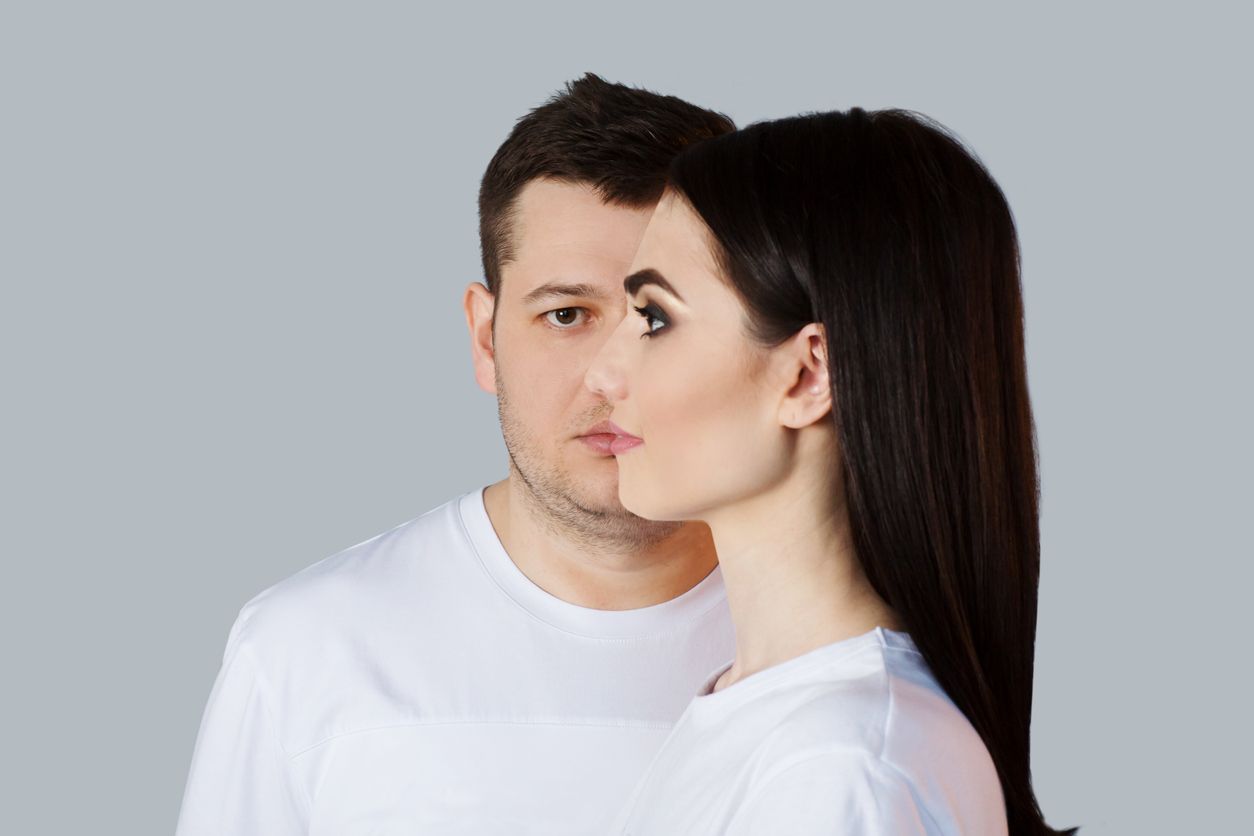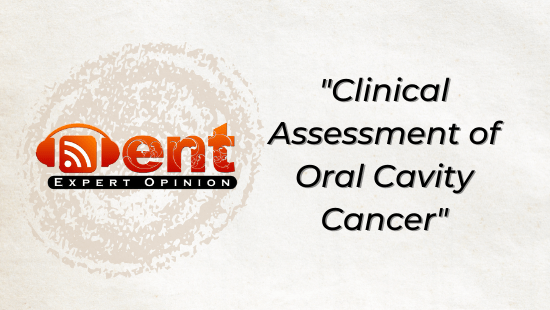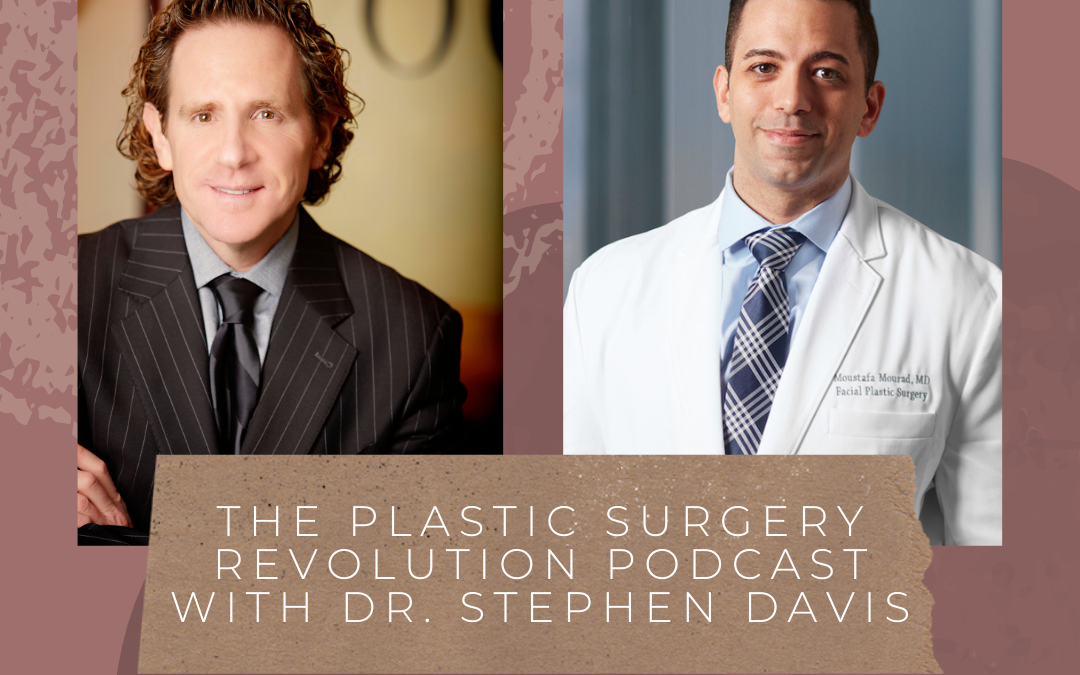How Much Are Dermal Fillers NYC?
Dermal Fillers NYC Cost
Are you considering getting dermal fillers in New York City? If so, you’re probably wondering what the cost is. The good news is that there are a variety of factors to consider when it comes to determining how much dermal fillers will set you back. In this article, we explore what goes into determining the price of dermal fillers and provide insight on what can be expected when seeking treatments in NYC. We also discuss important tips to keep in mind before investing in any type of cosmetic procedure. If you’ve been thinking about getting dermal filler treatment, keep reading to discover all the information you need to know!

What Factors Influence Dermal Filler Cost?
The cost of dermal filler treatments can vary depending on a variety of factors such as the brand of filler used, the injector’s experience, the geographical location of the cosmetic clinic, etc. For example, hyaluronic acid gel, which is commonly used for lip filler injections and to augment facial volume as an alternative for a facelift, often costs more than other types of fillers as it can last up to nine months or longer.
Additionally, the amount of product required and the complexity of the procedure can affect the price. Treating deep wrinkles and vertical lines around the mouth may require more product and advanced techniques, resulting in higher prices than those associated with simpler cosmetic procedures such as lip augmentation with hyaluronic acid-based lip fillers.
What Is The Average Cost Of Dermal Fillers In Nyc?
The cost of dermal fillers in NYC can vary depending on the type and quantity of filler used. However, on average, you can expect to pay between $500-1,200$ per syringe. Hyaluronic acid based fillers such as Juvéderm Ultra XC are among the most popular options when it comes to restoring lost volume in areas such as cheeks or lips due to aging.
Here is a comparison chart of dermal filler costs:
| Type of filler | Treated area | Cost per treatment |
| Restylane/Juvederm | Nasolabial folds | 400-600$ |
| Restylane/Juvederm | Lips | 400-600$ |
| Botox | Frown lines | 300-500$ |
| Botox | Frown lines, forehead and crowsfeet | 500-900$ |
| Dysport | Frown lines | 200-500$ |
| Dysport | Frown lines, forehead and crowsfeet | 500-900$ |
| Radiesse | Cheeks | 700-1500$ |
| Sculptra | Cheeks | 800-1800$ |
It’s important to remember that all these treatments should only be administered by experienced professionals who know how much product needs to be injected into the desired area without risking adverse reactions or overcorrection. No matter which option you decide, make sure you do your research beforehand and consult with a qualified medical provider so you get an accurate assessment of what will work best for your individual case and budget constraints.
What To Expect During Dermal Filler Treatment
The actual application process takes anywhere from 15 minutes to one hour depending on what needs to be done and how many areas require treatment. The injection sites may appear slightly swollen after the procedure but these side effects typically resolve within 24 hours.
- Tip: Ask your doctor if they offer numbing cream prior to undergoing dermal filler injections as it can significantly reduce discomfort during treatment.
See Before and After Patient Photos
Benefits Of Dermal Fillers
Dermal fillers provide a variety of benefits to those who want to address common facial aging issues such as deep folds, static wrinkles and shallow contours. In addition, dermal fillers can be used to enhance natural volume in the face.
Here are some reasons why dermal filler treatments may be right for you:
- Improved facial aesthetics: dermal fillers help restore lost facial volume caused by age-related collagen loss. Fillers can reduce marionette lines around the mouth, soften nasolabial folds, and plump thin lips for a more youthful appearance.
- Natural results: dermal fillers use naturally occurring substances that are tailored specifically to your individual needs and facial anatomy. An experienced injector or board certified dermatologist will administer the treatment with precision and accuracy so that you get optimal results.
- Enhanced collagen production: dermal filler injections stimulate fibroblasts, which produce new collagen over time. This helps create fuller skin tissue over time while providing immediate enhancement of aesthetic treatments like lip augmentation, wrinkle reduction and cheek filling.
With a wide range of options available, it’s important to choose an injector who is qualified, knowledgeable and understands your desired outcome when deciding on dermal filler treatments.
Cost Comparison Of Dermal Fillers In NYC
When it comes to cost comparison of dermal fillers in NYC, the amount can vary widely depending on the type of procedure and facial area being treated. Cosmetic treatments such as Juvederm or Restylane are a great way to help keep skin hydrated and assist with the production of collagen.
These types of injectables are generally used for smoothing out wrinkles or deeper creases that have developed over time. Additionally, many dermatologists offer laser services for rejuvenation which can be combined with a gel-like substance like Radiesse or Belotero to create a more natural looking effect after treatment known as a liquid facelift.
For those seeking premium services, prices may range between $500-$2,000 per session, depending on how much product is needed and what areas need to be covered. However, no matter your budget, there are plenty of options available when it comes to achieving facial rejuvenation without breaking the bank. In order to find the best deal, take into consideration factors like location, experience level of staff members providing care, quality of products being used and any extra perks associated with particular packages before making a decision.
Although the cost may seem high at first glance, many practitioners provide payment plans or discounts when you commit to multiple dates of service upfront. Furthermore, because dermal fillers require minimal downtime following each appointment (just some minor bruising), patients often find them well worth the investment after seeing the amazing results!
Do Insurance Plans Cover Dermal Filler Treatment?
When it comes to dermal filler treatment, there’s a common misconception that insurance plans cover the cost but this isn’t necessarily true. Insurance companies typically only offer coverage for medical procedures used to treat or diagnose an illness or injury. Dermal fillers are usually considered cosmetic and therefore not covered by most insurance plans.
Still, if you have acne scars, dark circles under your eyes, sagging skin, or other facial features you’d like to improve with dermal fillers, they can be beneficial in restoring symmetry and balance to your face. A wide variety of treatments is available depending on your needs and goals — from subtle enhancements such as filling out minor wrinkles around the mouth to more dramatic changes such as plumping lips into their natural shape. Plus, some clinics offer regular appointments so you can keep up with any touch-ups needed over time.
Recommended Aftercare For Dermal Filler Treatment
Aftercare for dermal filler treatment is an important part of the process to ensure you get the best results. Specialized doctors highly recommend that NYC patients take certain precautions after their dermal filler injections.
Here are things you should do after dermal filler injections:
- Avoid strenuous activities: while it’s natural to want to show off your new look immediately following a dermal filler treatment, you should avoid strenuous activities and extreme facial expressions for 24-48 hours afterwards. This will help prevent any swelling or bruising from occurring.
- Avoid makeup: during the first week post-treatment, try not to cover up too much makeup on your face as this may cause irritation and/or block pores, which could lead to infection. Instead, keep your skin clean by washing it twice daily and applying moisturizer if needed.
- Monitor progress: after receiving dermal fillers in NYC, it’s important to monitor how your body reacts over time so that any changes can be addressed quickly before they become more serious issues. Check regularly for signs such as itching, redness or other abnormal reactions. These are all indications that something isn’t right and needs further attention.
With proper aftercare, patients can enjoy a safe and successful recovery period while achieving optimal results from their treatments!
Book A Cosmetic Consultation
To decide whether or not to book a dermal filler treatment, you should schedule a consultation with an experienced provider. During this appointment, the doctor will assess your skin and provide more information about the procedure. This consultation is important for both safety and satisfaction reasons. Your doctor can explain the potential risks associated with the injection, as well as what kind of results you can expect after the treatment. Plus, discussing cost upfront allows you to make sure it fits within your budget.
If you’re considering having dermal fillers in NYC, scheduling a consultation with a qualified professional is essential in order to gain peace of mind. Dr. Mourad offers top-notch, FDA-approved dermal fillers treatments specifically designed to enhance the shape and volume of your face in just one session. His deep understanding of facial anatomy means that no matter what type of treatment you’re after, from subtle enhancements to dramatically different looks, he can deliver real results with minimal risk.
Dermal Fillers NYC Dermal Fillers NYC Dermal Fillers NYC Dermal Fillers NYC Dermal Fillers NYC Dermal Fillers NYC Dermal Fillers NYC Dermal Fillers NYC Dermal Fillers NYC Dermal Fillers NYC Dermal Fillers NYC Dermal Fillers NYC Dermal Fillers NYC Dermal Fillers NYC Dermal Fillers NYC Dermal Fillers NYC
